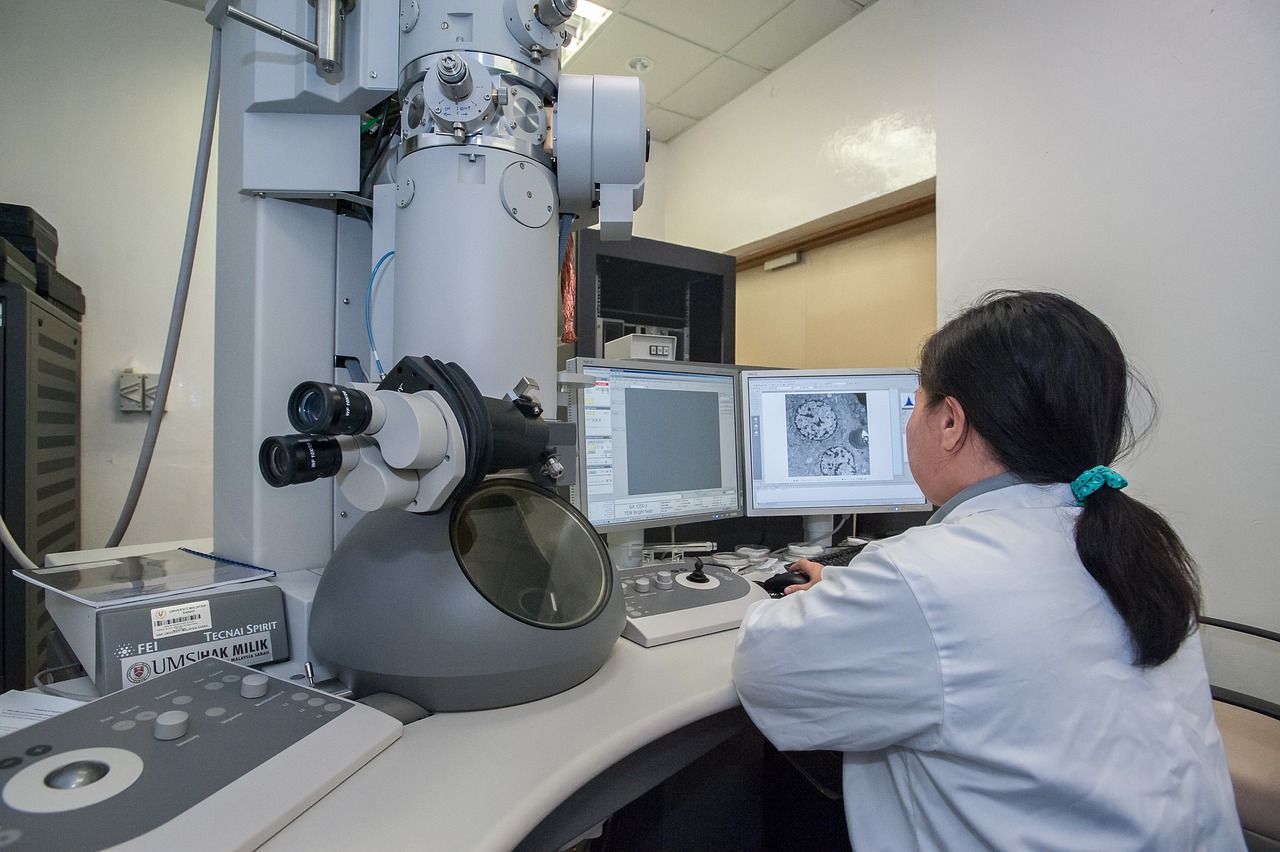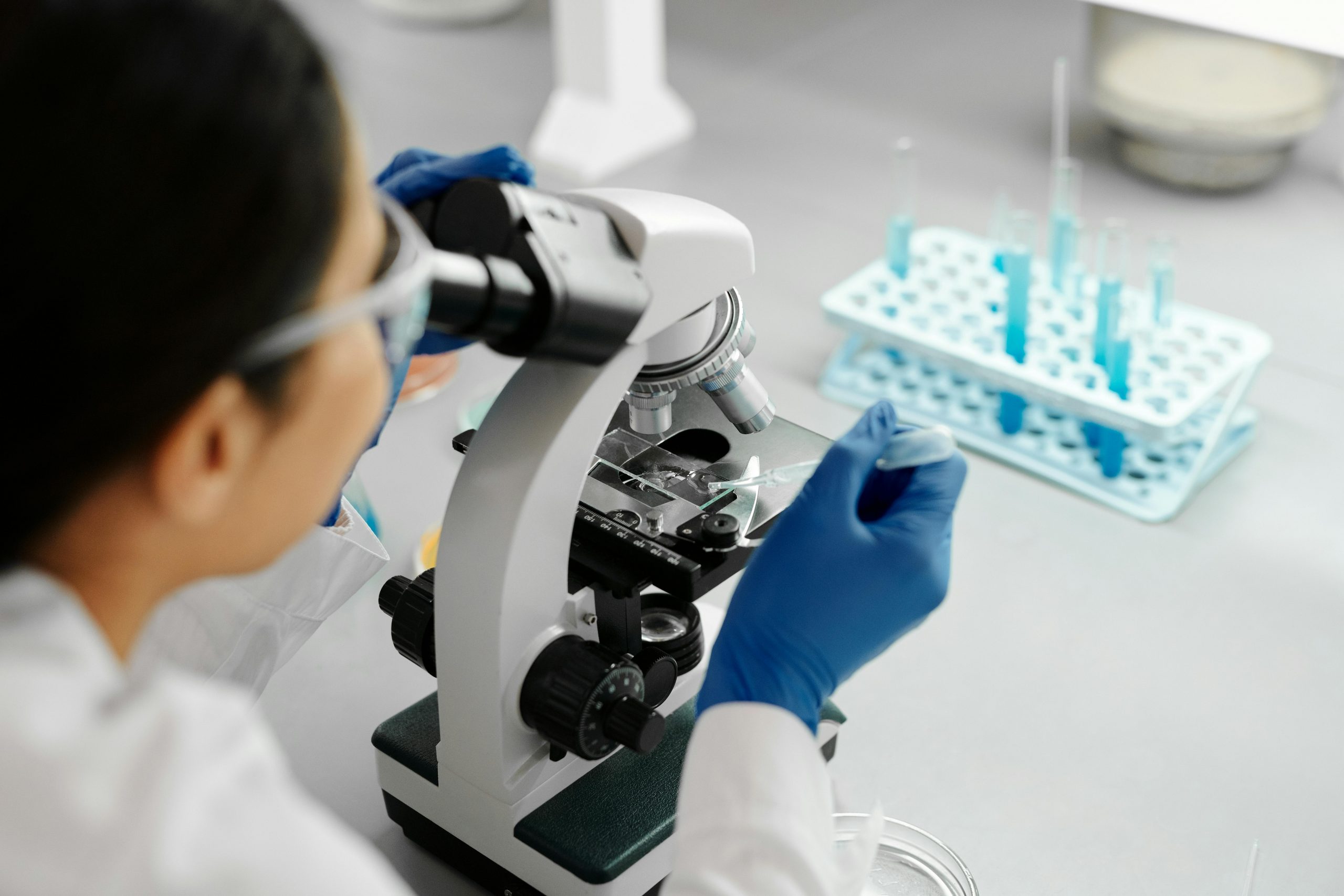
Resistant bacteria caused 1.27 million deaths in 2019, and unfortunately this number is multiplying year by year.Continue reading

Researchers at the HUN-REN Center of Ecological Research (HUN-REN CER) have made a unique finding about bacteria that lived billions of years ago. In a recent study published in the journal Science, an international team of researchers, including experts from the Hungarian research network, revealed in spectacular detail how bacteria evolved and adapted to oxygen over billions of years, reports the HUN-REN website.
The aim of the research was twofold: to establish exactly when the main groups of bacteria evolved, and to reconstruct how the ability of bacteria to use oxygen evolved and spread. To do this, the researchers used the Great Oxidation Event (GOE) as a benchmark. The Great Oxidation Event occurred around 2.33 billion years ago and dramatically increased the amount of oxygen in the atmosphere due to photosynthesis by cyanobacteria.
The process, previously difficult to date because of the scarcity of fossils, was investigated by the researchers using a combination of geological and genetic data. Machine learning (ML) was used to identify ancient aerobic bacteria, then using Bayesian statistical methods, they estimated the time of their emergence, assuming that these oxygen-using bacteria evolved after the GOE.
The study reconstructed the evolutionary history of 1,007 bacterial genomes, and found a total of 84 anaerobic-aerobic transitions. Most of these occurred after the GOE, but in at least three cases long before, with the earliest predating the atmospheric accumulation of oxygen by nearly 900 million years.
This suggests that bacteria were able to use oxygen much earlier than it was abundantly available.
Interestingly, the ability to use oxygen may have been present before oxygen-producing photosynthesis, and may even have facilitated the evolution of genes that play a key role in photosynthesis.
The research suggests that the common ancestor of all bacteria alive today lived around 4.4-3.9 billion years ago in the earliest periods of the Earth’s history. The main strains of bacteria appeared later, 2.5-1.8 billion years ago, when the Earth’s atmosphere and environment changed significantly. Many of the bacterial families we know today evolved roughly 0.75 to 0.6 billion years ago, in parallel with the emergence of animal and plant life.
Researchers have developed a new method based on a combined analysis of genetic, fossil, and geochemical data. This approach helps to better understand the early evolution of life, especially for microbes for which no fossils have survived. The method may also be useful in the future to study the properties of other microorganisms, they write.
Via hun-ren.hu, Featured image: Pexels